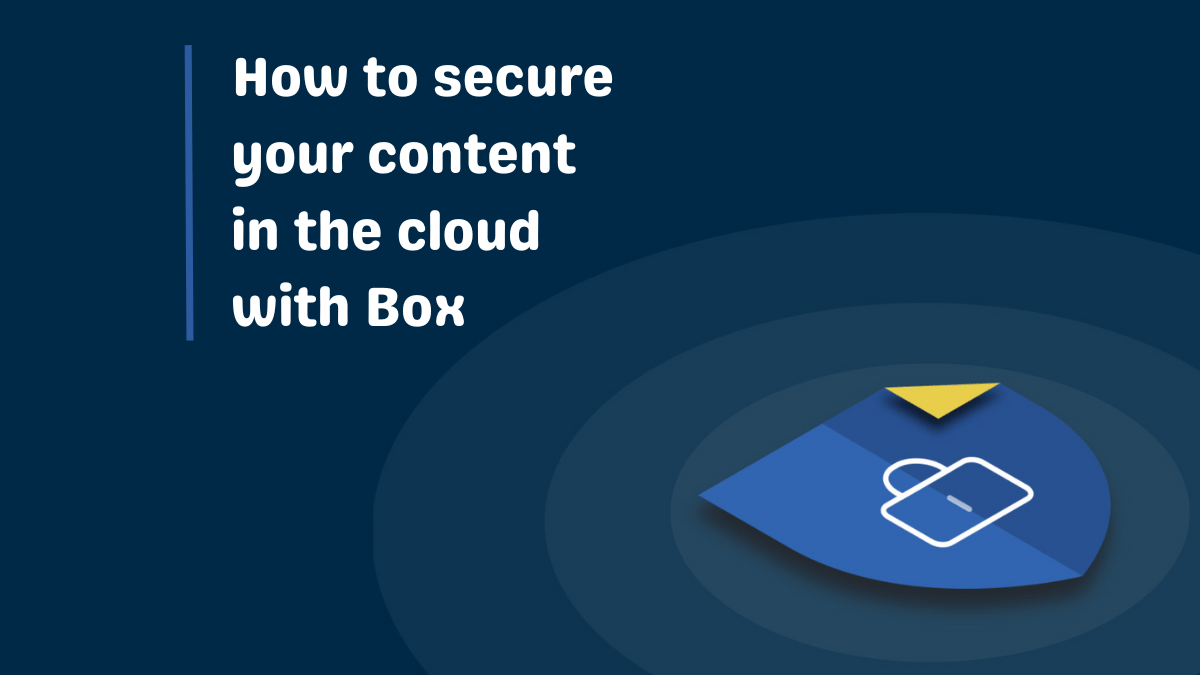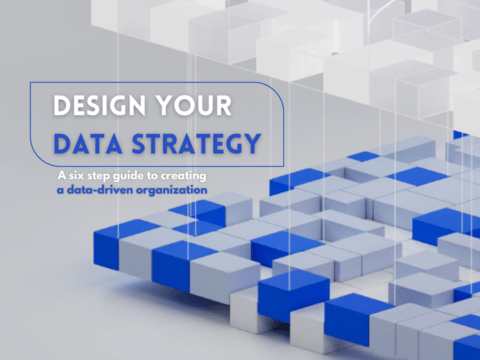
Today’s companies need frictionless security
We all know that security is non-negotiable in today’s world. Our work is much more complex than it used to be, and organizations are facing unprecedented challenges to protect their content and maintain compliance. As technology has evolved along with the way we work, IT services have steadily moved from a centralized computing model to a highly decentralized one. Mobility, cloud services, and consumer apps have all fueled the need for employees to be able to work anytime, anywhere, and from any device.
Meanwhile, IT has to create a seamless and secure experience not only for onsite teams, but also for remote workers, suppliers, partners, and customers. While increased mobility and collaboration has created immense value for businesses, it has also posed challenges for IT and C-suite leaders to protect content across a distributed ecosystem.
Maintaining security is critical, given the major impact that data breaches can have on your company’s finances and brand reputation. Without tight IT controls, the risk of human error — resulting in data los— is incredibly high. Three out of every four employees think it’s fine to transfer confidential work documents to personal devices. That increases the risk of exposure if you’re moving files back and forth between personal devices,1 consumer applications, and shared drives. Mobile teams also lack security when operating outside of a managed cloud architecture: 87% of people don’t notify anyone when
a USB drive is lost, and 52% don’t notify security teams quickly when a computer (and the files on it) go missing.
A breach can have a huge impact on your company’s bottom line. After all, the average global cost per data breach is $3.86 million.
With many companies storing millions (or even tens of millions) of sensitive records, the financial risk of a data breach is higher than ever. And in terms of your relationship with your consumers, the damage to your brand reputation after a breach is long-lasting and not easily repaired.
Fragmented content strategies, shadow IT, and relying on email can lead to these damaging vulnerabilities. Of the companies examined by the 2018 Verizon Data Breach Investigations Report, for example, 66% of malware came in via email. 5 And just as threats are on the rise, it’s become even more difficult for security professionals to process the large number of security alerts that come across their desks.
Please Fill Out The Form To Access The Content
Resource Sponsored By









